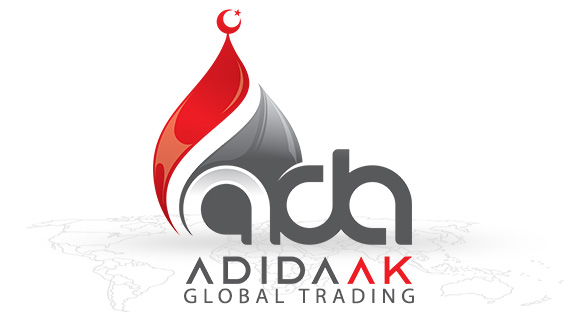chemicals market analysis
In 2021, the cost of several chemicals had risen, and others have even been achieved their maximal prices. The following are some of the major contributing elements to the recent rise in chemical costs:
- Increasing prices and difficulties in the shipping sector
- An array of issues with the industry's operations, coupled with a particularly elevated period of closures,
- Increasing demand as a result of the quarantine precautions in Corona duration
- Alterations in Europeans' savings and spending habits
- Limited stock
- Fluctuations of the energy and essential foodstuff markets
In Europe, short-term provision has not been able to keep up with the rising demand. Chemical prices follow a periodic pattern over the long term. In a restricted market, prices increase because of a decrease in surplus resources. When oversupply reaches a high, prices tend to decline as well. After subtracting demand from capacity, surplus capacity is left over. Nevertheless, the increase in European chemical prices in 2021 was not primarily caused by an increase in worldwide excess capacity. According to the normal long-term tendency, European prices were predicted to drop in 2021 as new worldwide capacity transitioned away from expanding yearly global demands.
The year 2022
Numerous short-term issues remained in the new year, and the European chemical industry began the year with high prices. In the initial half of 2022, the European marketplace will be confronted with limited inventories in many supply chains, significant sourcing and maintenance intervals in the spring, and unexpected supply bottlenecks.
The limits of the shipping sector are another short-term element that has risen in importance over time and has now become a long-term concern. Global commerce has been impeded due to excessive rises in container transportation prices, which have prohibited imported commodities from arriving in Europe. According to our long-term market analysis, global excess capacity in numerous chemical sectors is expected to peak around 2022. Global capacity for basic chemical compounds is expected to rise considerably by 2022, according to Argas analysis. According to Argas predictions in these markets, the increase of capacity in these industries will often outstrip the rise of global demand. As a result, the global spare capacity will reach its maximum in 2022.
The placement of the next wave of new capacities is one of the most important aspects to keep in mind. The majority of these initiatives are being carried out in China. Increased self-sufficiency, reduced dependence on the importation, and changes in global commercial patterns are all expected as a result of these new capacities. "Supersets" characterize several of these Chinese enterprises. They are entirely interconnected across the value chain, from refinery to polymers and crude oil to finished chemical items. The long-term market organization will have a greater influence on European chemical product pricing by developing global excess capacity than any short-term market issues. To alter the price trend, the marketplace will require external stimulation. Trade is a common method used throughout Europe to accomplish this. To put pressure on local chemical and polymer costs in Europe when commercial limitations are abolished and short-term issues are alleviated, a new product will be offered from Asia. The peak of global excess capacity will have an impact on the long-term market formation.
The price of chemicals and polymers in 2022 will be influenced by the differentiation between unanticipated short-term issues and long-term market formation. As global excess capacity expands, European prices will decline. However, the most pressing concern is when exactly this will occur. Depending on the level of short-term damages, this question may be addressed.

